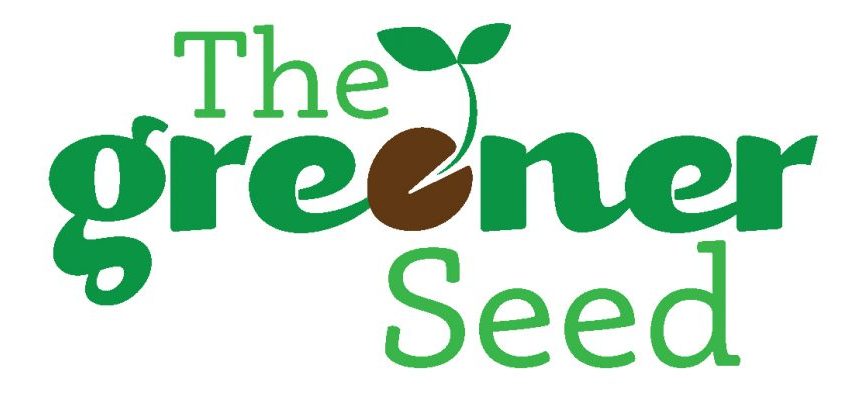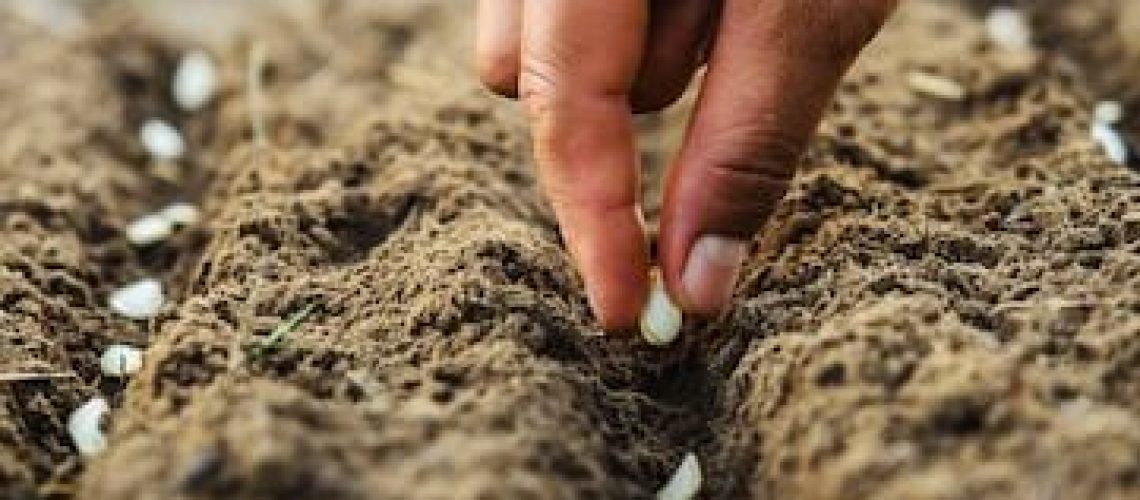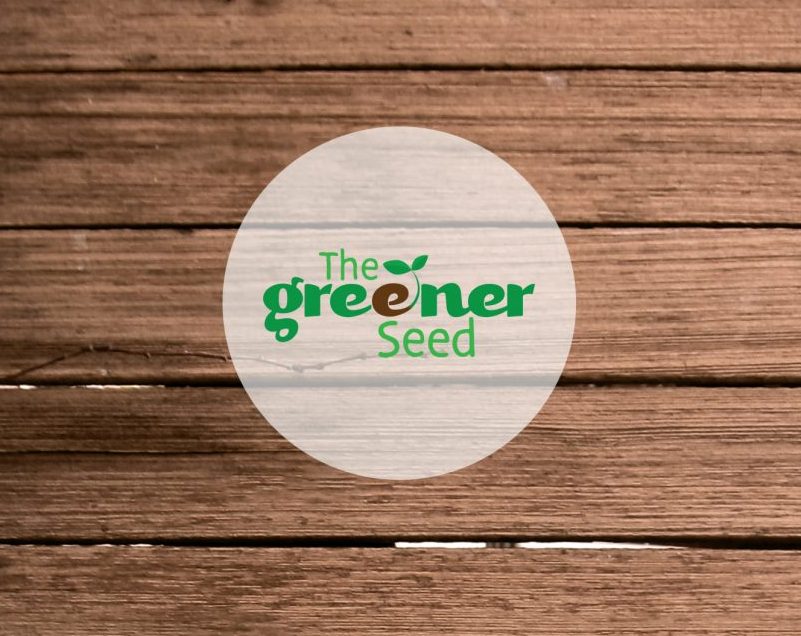We like to start plants from seed, mostly because we know exactly what variety we will get, and also because we are in complete control of the conditions, the water, heat, soil, compost, and organic conditions. I have bought a Hass avocado tree, nurtured it until it fruited, only to find out 4 years later that it wasn’t the plant that was advertised. It’s been well established so we did not remove it, but it was surely a disappointment.
Starting from seed is also a cost saver. One pack of seeds can grow hundreds of lettuce heads, and may only cost a few dollars, whereas each sprout you buy will cost much more. When you start multiple seeds, you end up with more than enough. It becomes a great way to trade with garden friends.
When starting seeds, it is important to note the size of the seed. Small seeds like those for lettuce, basil, and other leafy greens require light sprinkling of the seed, gentle covering of soil and watering until the seed roots. Larger seeds need to be buried 2-3 times the diameter of the seed in depth. They also need to be watered carefully until rooted. Note that drip lines work best for watering vegetable gardens since they do not disturb the soil much, and 90% of the water is directed to the vegetables compared to only 50-60% with sprinklers.
When it comes to legume seeds, it would be advisable to use the paper towel method. As soon as the seed shows a root, plant the seed directly into the final destination. When legume seeds are transplanted as sprouts, the stems tend to break and the plant struggles to adapt.
Seeds can be started directly outdoors in your garden bed, pot, or ground. I like to start them indoors under controlled conditions with a little heat, consistent moisture and grow lights. Also, compared to outdoors, smaller pots or pods make water more accessible in the beginning stages; otherwise the water tends to flow down deeper than the young roots can reach. When seeds are monitored indoors, I am able to see which ones are strongest as they sprout. I also save time compared to growing directly outdoors because the seeds can be placed in controlled optimal conditions. Once they have developed into sturdy sprouts indoors, we move the plant outside into filtered sunlight for a week to allow adaptation. After the hardening period, the plant it’s ready to be transplanted into its location in direct sunlight.


